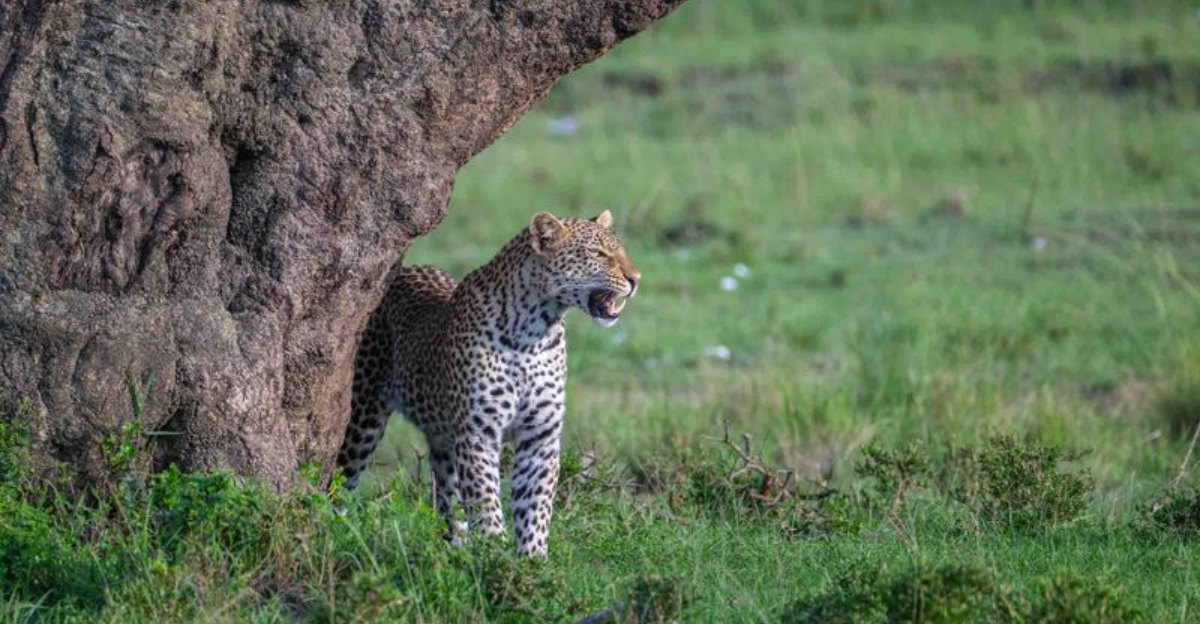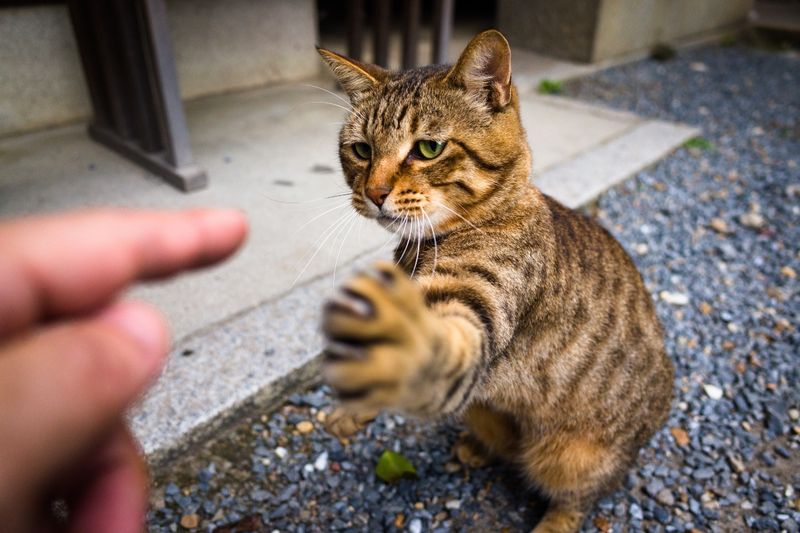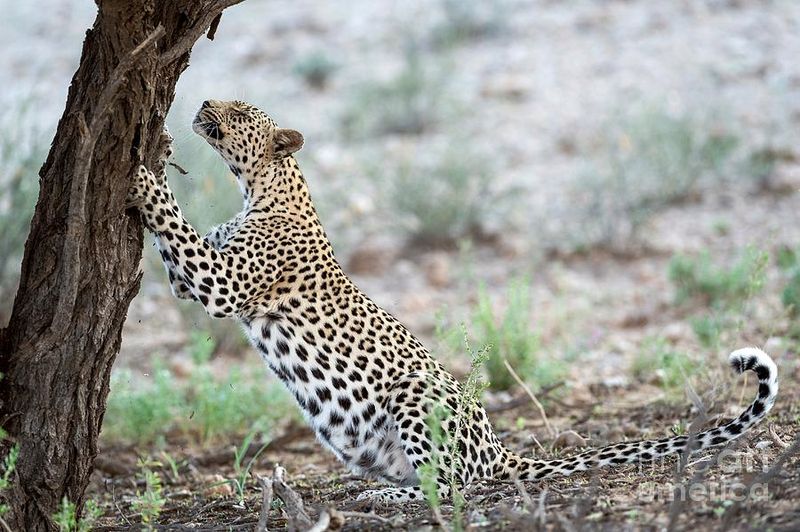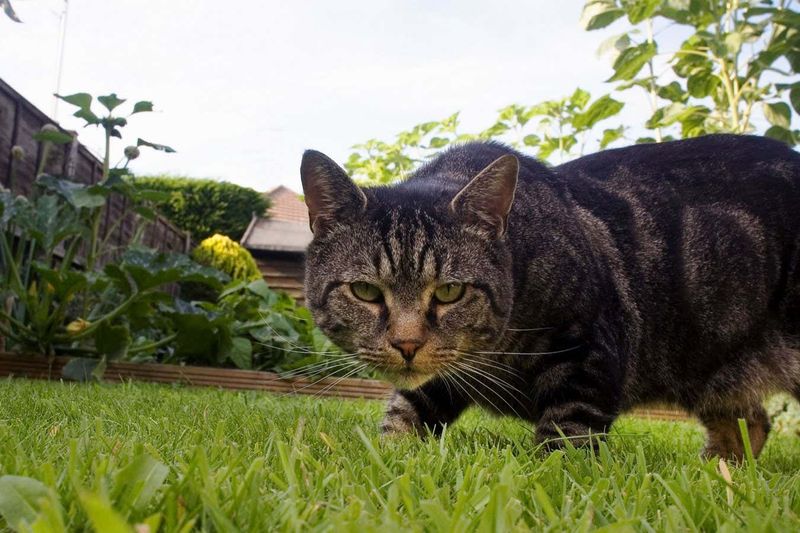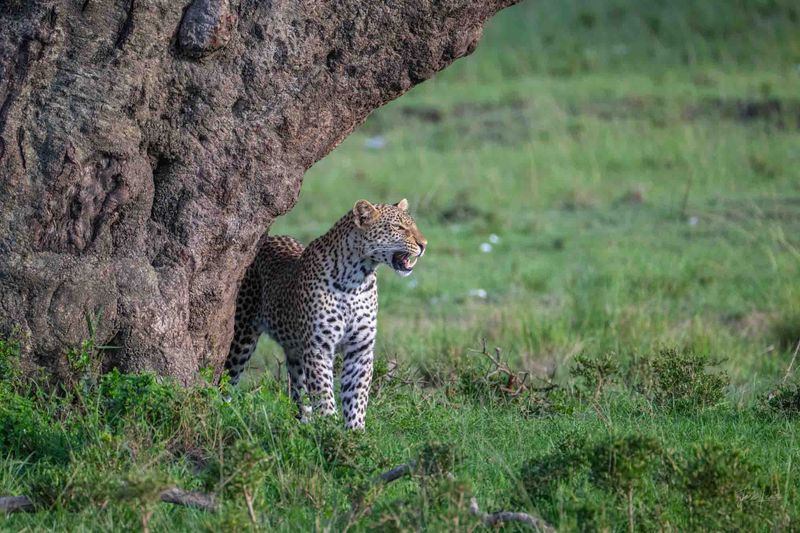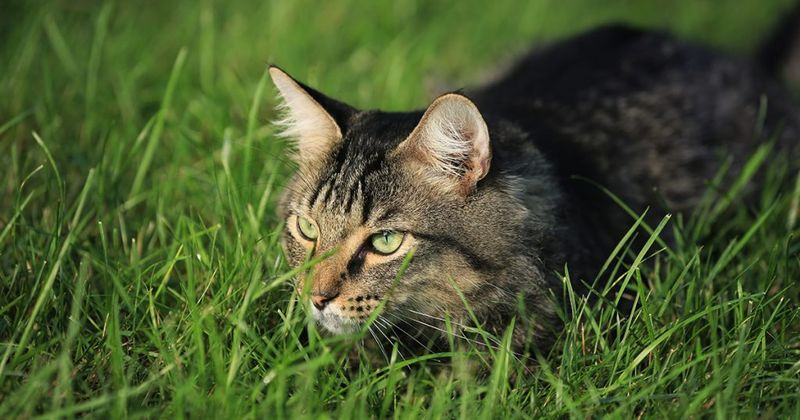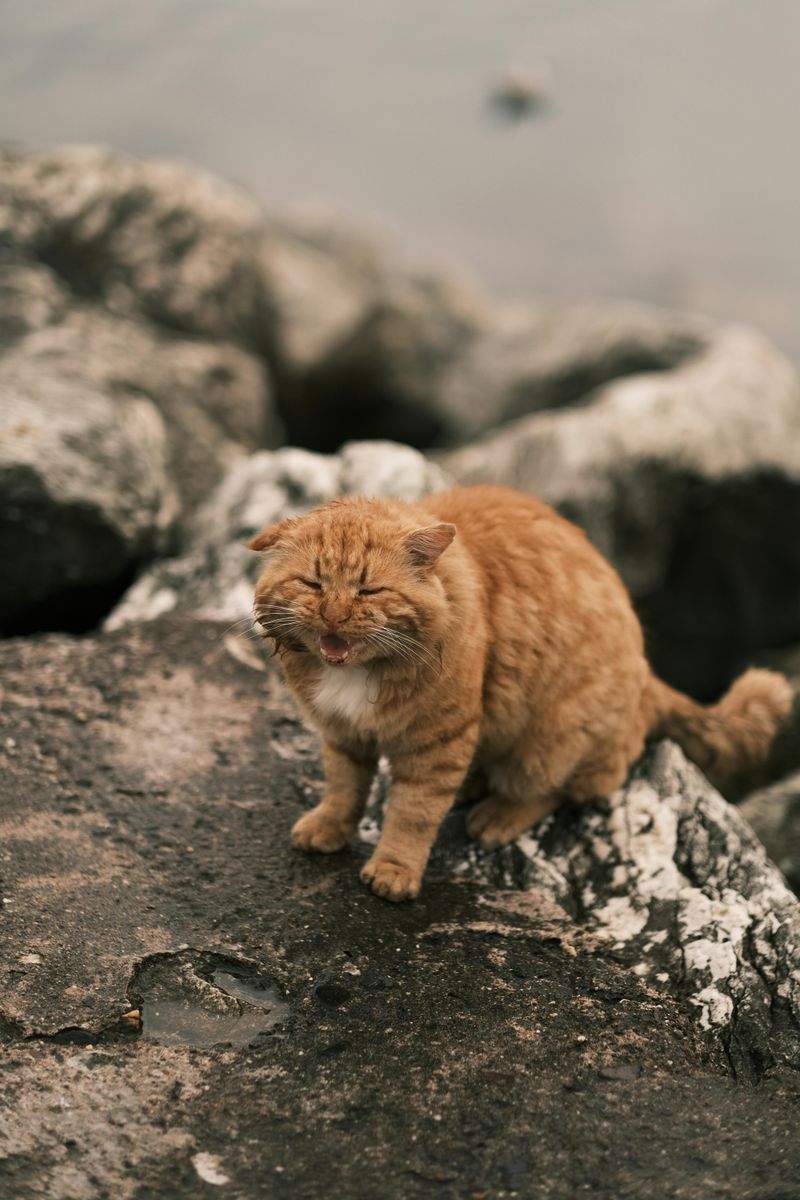📖 Table of Content:
Although house cats may seem like harmless companions lounging on your windowsill, they carry within them the legacy of wild ancestors that once roamed untamed landscapes. Among these relatives is the sleek and powerful leopard, a big cat renowned for its stealth, agility, and predatory prowess. Despite their differences in size and lifestyle, both animals share a surprising number of behavioral and physical traits rooted in a common evolutionary ancestry.
Their shared family tree in the Felidae group has preserved instinctual behaviors and physical features that echo across generations and species. From the way they stalk prey to the subtle flick of their ears at the sound of movement, house cats and leopards mirror each other in ways both obvious and hidden. These similarities are more than coincidental—they reflect adaptations that have endured the test of time.
Exploring these shared traits reveals not only how closely related domestic cats are to their wild cousins, but also why your cat may occasionally act like a miniature jungle predator. Understanding these parallels can deepen our appreciation for both the wildlife we admire from afar and the animals that curl up at our feet. Here are 10 remarkable traits house cats and leopards have in common.
1. Carnivorous Diet
Instinct drives both house cats and leopards to consume a meat-based diet that fulfills their nutritional needs. Neither species can thrive on plant matter alone, as their bodies lack the enzymes required to digest carbohydrates efficiently. Muscle tissue, organs, and bones provide the protein, taurine, and essential amino acids they require. Evolution has shaped their teeth and jaws for tearing flesh rather than grinding vegetation. Unlike omnivores, they both depend on animal-derived nutrients to support muscle function, vision, and overall health. While a leopard might bring down a gazelle, a house cat is satisfied with smaller prey like mice—or kibble that mimics the real thing. These dietary needs are a defining characteristic of their shared felid heritage.
2. Retractable Claws
Hidden within their paws, retractable claws serve as multipurpose tools for both leopards and house cats. These claws remain sheathed when not in use, keeping them razor-sharp for gripping prey and climbing. When the moment arises, both species can extend their claws quickly and silently. The structure of the paw allows for this unique action, distinguishing them from animals like dogs whose claws are always exposed. In domestic cats, you may witness this during play or when kneading—a remnant of their wild instincts. Leopards, meanwhile, rely on this mechanism in the wild to ambush and hold onto struggling prey. The engineering of their claws exemplifies evolutionary efficiency.
3. Keen Senses
Sensory perception in both leopards and house cats borders on extraordinary. Their eyes are adapted to low light, enabling them to see clearly during dawn, dusk, or even full darkness. Unlike humans, their eyes contain more rod cells, which specialize in detecting motion and light in dim conditions. Their hearing is finely tuned to pick up high-frequency sounds that might go unnoticed by other animals. Both can detect the faint rustle of prey through grass or the subtle shift of a toy under furniture. Their sense of smell also plays a crucial role in communication and hunting. These sensory enhancements equip them to be highly efficient predators, whether in the savannah or on your living room floor.
4. Territorial Behavior
Establishing and defending territory is deeply ingrained in both leopards and house cats. Leopards patrol their domain, leaving scent marks, claw scratches, and feces as warnings to rivals. Similarly, house cats use pheromone glands in their cheeks and paws to mark favorite spots, people, and objects. They may also urinate outside the litter box as a territorial signal, especially in multi-cat households. Conflict can arise when boundaries are crossed, often resulting in displays of aggression or avoidance. For leopards, defending territory is a matter of survival and access to food. In the home, this instinct manifests as an urge to claim space and maintain a secure environment.
5. Stealth and Agility
Graceful and silent, leopards and house cats move with an unmatched combination of stealth and agility. They can crouch low to the ground and shift their weight with precision, minimizing sound and maximizing surprise. Their flexible spines and powerful hind legs allow them to leap great distances relative to their size. While leopards might descend from trees or sneak through tall grass, house cats slink beneath furniture or leap onto shelves with ease. This silent movement is an evolutionary tool for stalking prey and escaping predators. Even playtime for domestic cats often mimics hunting behaviors, from slow stalking to a sudden pounce. Their movements are poetry in motion—finely tuned by millennia of predatory refinement.
6. Purring
Soft purring, though more prominent in house cats, is also observed in some big cats like leopards during content or relaxed moments. The mechanism involves rapid muscle contractions in the larynx, creating rhythmic sound waves during both inhalation and exhalation. Domestic cats often purr when being petted, feeding, or settling into a cozy spot. In the wild, leopards may exhibit similar low-frequency vocalizations while grooming or bonding with cubs. Though not identical in tone or duration, the behavior points to a common communicative and self-soothing trait. It reflects emotional states that transcend species boundaries. The shared ability to purr underscores an ancient lineage of feline expression.
7. Grooming Habits
Grooming is not just about cleanliness; for both leopards and house cats, it’s a vital part of health and social behavior. Their tongues, covered in tiny backward-facing spines called papillae, are perfectly adapted to remove loose fur and dirt. House cats may spend hours a day licking their coats, while leopards also engage in thorough grooming sessions after meals or naps. This behavior helps regulate body temperature, remove parasites, and reduce scent trails that could alert predators or prey. In social settings, mutual grooming reinforces bonds between mothers and offspring or even among siblings. The instinct is so strong that even solitary leopards groom themselves extensively. It’s a daily ritual that ties felines together across environments and species.
8. Playful Hunting Instincts
From a ball of yarn to a fluttering bird, house cats exhibit play that mimics real hunting sequences. Their games include stalking, chasing, pouncing, and capturing—skills that leopards use in the wild to secure a meal. Kittens often engage in mock hunts as a way to hone reflexes and learn coordination. Similarly, leopard cubs pounce on each other and practice stealth in a playful but educational context. These instincts don’t fade with age; adult cats continue to “hunt” even when their bellies are full. Play satisfies a deep-seated predatory drive rooted in survival and success. Though the stakes differ, the drive is fundamentally the same.
9. Nocturnal Tendencies
Nighttime brings both house cats and leopards into their element. Their eyes adjust effortlessly to low light, making them most active during dawn and dusk. While leopards use this time to hunt, stalk, and patrol their territory, domestic cats may roam the house, chase shadows, or knock over objects. This crepuscular pattern stems from their evolutionary need to avoid larger predators and improve hunting success. Owners might notice their pets becoming suddenly active in the early morning or late evening—what’s often called the “zoomies.” Even though house cats are adapted to human routines, their internal clocks remain tuned to ancient rhythms. Darkness is when their instincts come alive.
10. Solitary Nature
Independence defines both leopards and house cats in their social lives. Leopards lead largely solitary lives, coming together only to mate or raise cubs. Likewise, while house cats can live socially with humans or other pets, they often prefer solitude and control over their environment. They value personal space and may become stressed by forced interactions or changes in routine. This behavior stems from a survival strategy where solitary living reduces competition for resources. It also explains why some cats seem aloof or selective about affection. Solitude is not loneliness but a natural way of life for many felines.
